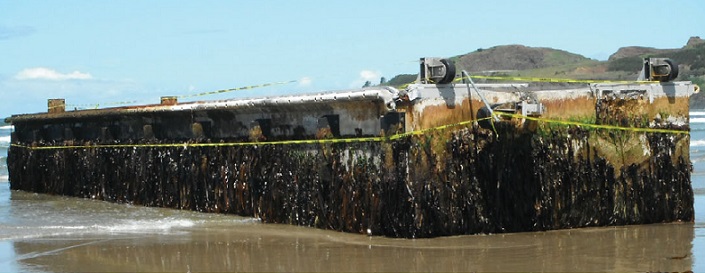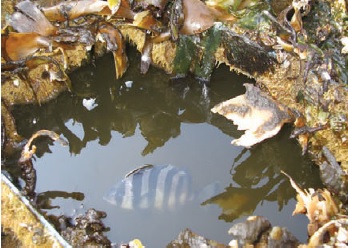Podcast: Play in new window

BOB HIRSHON (host):
Tsunami rafts. I’m Bob Hirshon and this is Science Update.
In March of 2011, a massive earthquake and tsunami struck eastern Japan, impacting the region to this day. But scientists have been tracking another legacy of the tsunami – a transoceanic journey of organisms that hitched a ride with ocean currents on marine debris. Williams College marine ecologist Jim Carlton led the study.
JIM CARLTON (Williams College):
We found between 2012 and 2017 nearly 300 species of Japanese invertebrates, two species of fish from Alaska to California and in the Hawaiian islands.
HIRSHON:
Carlton says many of these species likely survived for 5 or 6 years on the open ocean because they stowed-away on non-biodegradable plastics like buoys, household items, and other debris. His team reports in Science magazine that some of the new arrivals could be potentially harmful invasive species. I’m Bob Hirshon, for AAAS, the science society.
Story by Susanne Bard

